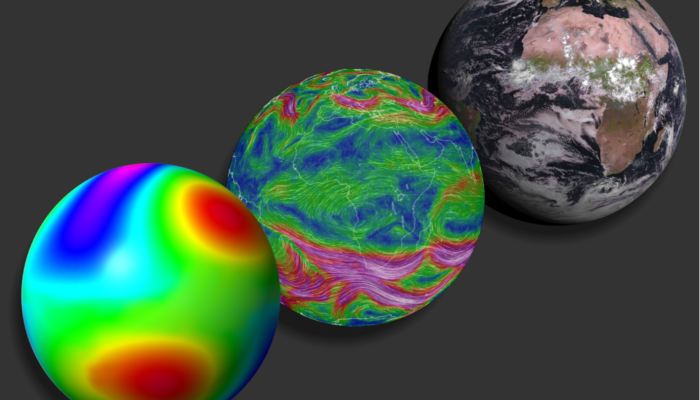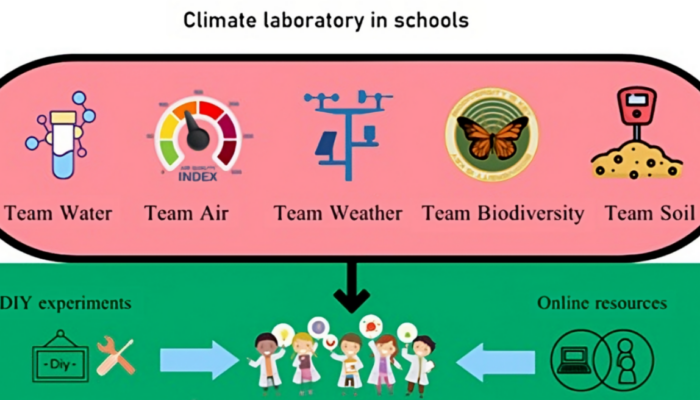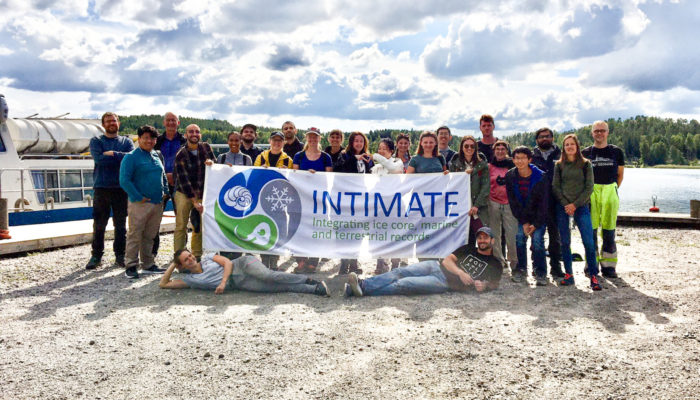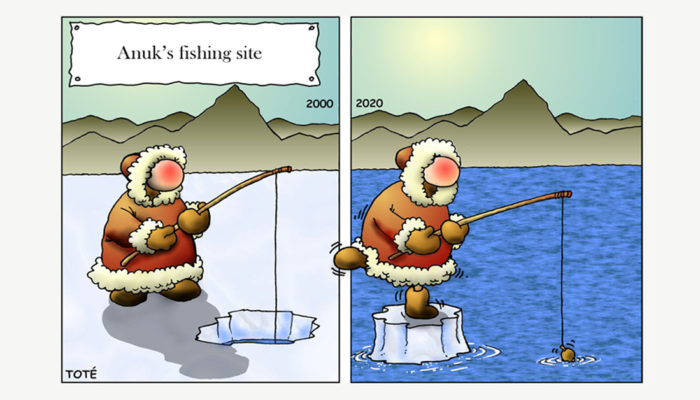Put a Climate lab in school and make it better “The car will not go through this road”, the driver replied. Well, the path, which he was mentioning was a mudslide made up of clay soil, completely wet from the rain the previous day. We were traveling to a small village in Sundarban to establish a climate laboratory. The concrete road ends 2 kilometers before the schools, and then it was a mud bath! ...[Read More]
A glimpse into the INTIMATE’s summer school of 2022
The Earth’s climate has been rapidly changing in the last decades. That’s a fact! Virtually, every one of us has been experiencing those changes in person, but how do we know that Earth’s climate has changed in the past beyond the instrumental data of the last ~200 years? From ancient manuscripts to geologic records, there are many “archives” one might consider “reading” to infer or reconstruct pa ...[Read More]
Communicating climate change
Both the uncertainty inherent in scientific data, and the background and ethics of the communicators who report such data to any given audience, can sow doubt about the science of climate change. The perception of this duality is engrained in how the human mind works, whereby we tolerate lies but are always ready to condemn hypocrisy. We illustrate this through a personal experience that is connec ...[Read More]
Simple is good: How we understand climate using idealised models

Do you gravitate to science because of the subject’s ability to explain complicated behaviour in nature through experimentation? When we see things or get our hands dirty by conducting experiments, it helps us comprehend scientific theories which are harder to explain. Introducing a complicated scientific theory is often carried out initially by presenting a simplified version. For example, stude ...[Read More]



